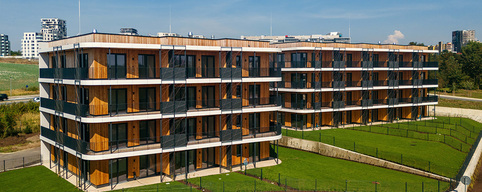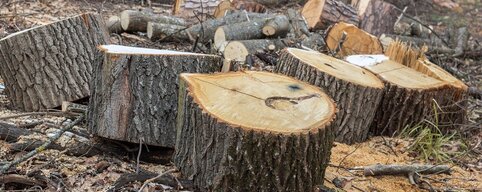

Prices for types of wood such as oak, beech, pine and spruce are currently at a high level. This increase is mainly due to the increased demand for firewood. Since the start of the war in Ukraine and in view of the energy crisis, many people have changed their heating habits. Many now prefer to heat their homes with wood-burning stoves or switch to wood-fired heating systems, which is driving demand for firewood considerably.
The conflict in Ukraine and the resulting uncertainties in the energy supply have led to more and more people turning to alternative energy sources. Wood heating is a popular choice, not least because of its efficiency and comparatively low CO2 emissions compared to fossil fuels. However, these developments have a significant impact on the price development of wood types and firewood in particular.
In some regions of Germany, particularly in Lower Saxony, firewood is already scarce and expensive. Demand exceeds supply in many areas, and this situation is expected to worsen in the fall. The monthly wood price overview from the Chamber of Agriculture provides an overview of the current prices for the most important tree species and firewood.
The price and trend reports are collected from the various forestry offices in the different regions of Lower Saxony. This regular information is a valuable tool for consumers and traders to find out about price trends and market availability. However, price trends are largely dependent on the region, as some areas are more affected than others by various factors such as availability and access to timber resources.
Another key factor that influences the price is the moisture content of the firewood. Dry firewood heats more efficiently, which means that it provides more energy and is therefore more suitable for heating purposes than damp wood. Proper storage of firewood is therefore essential to maximize the efficiency of wood heating systems. Wood should be stored for long enough to allow it to dry well, which significantly increases its calorific value.



